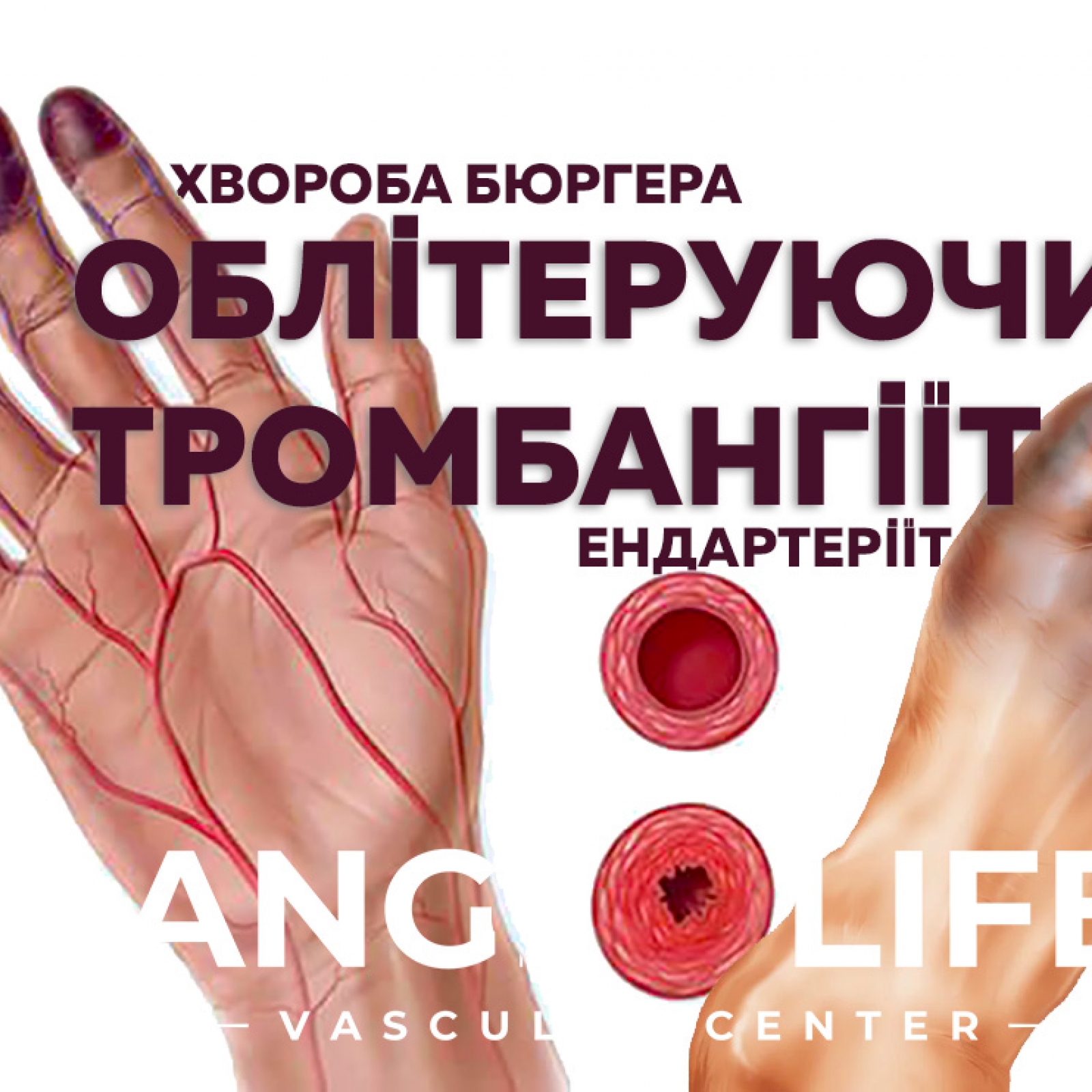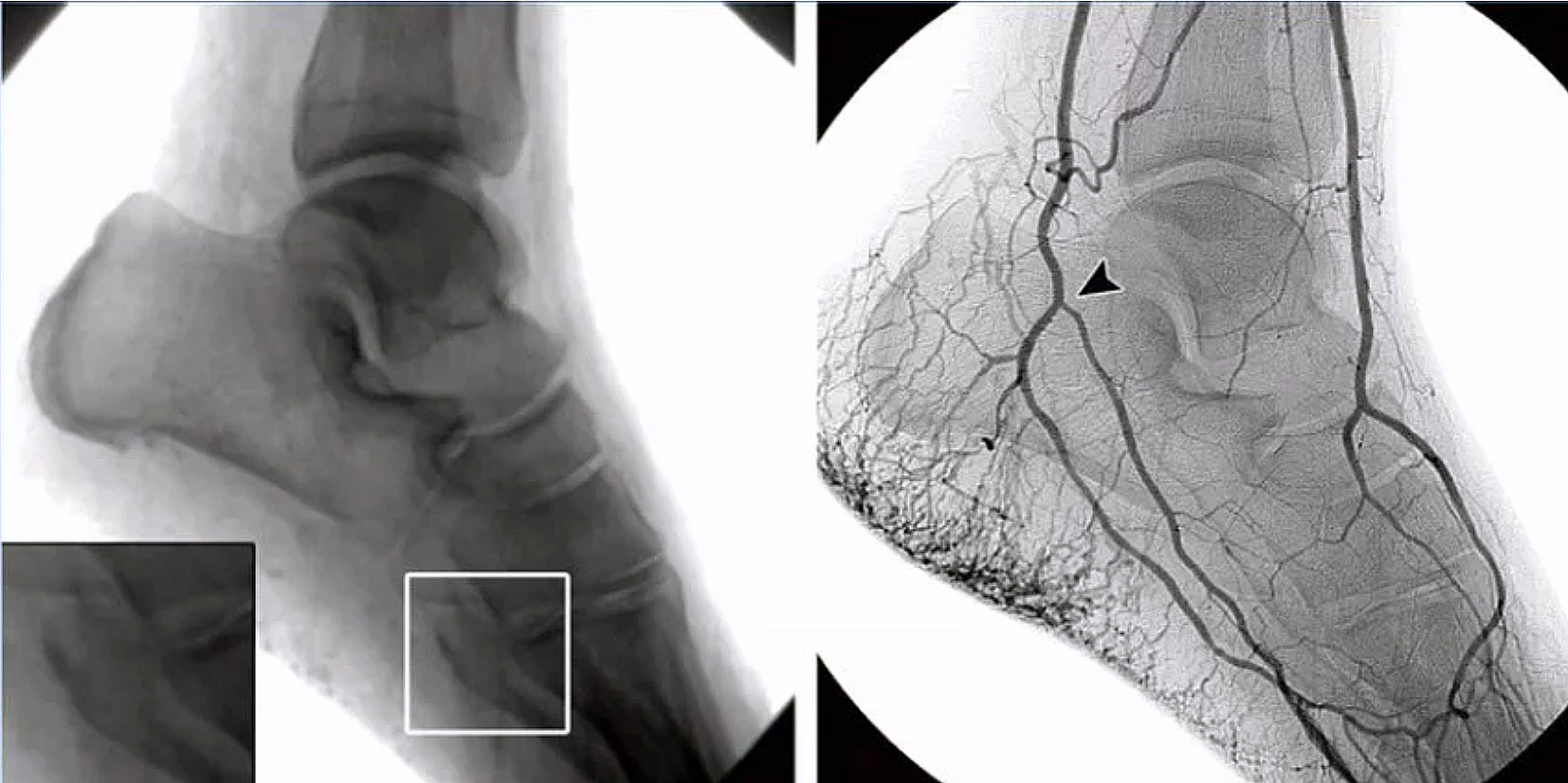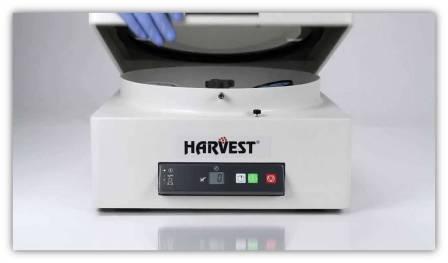- Varicose veins treatment in Kyiv
- Varicose veins treatment in Zaporizhzhia
- Edema and lymphostasis treatment
- Myths about varicose veins
- Massage and varicose veins
- Treatment of varicose veins with hydrogen peroxide
- Veins ache and pull blood vessels
- Can I treat varicose veins with pills?
- Treatment for varicose veins with leeches and bees. Benefit or harm?
- Is it possible to get rid of varicose veins with the help of gels and ointments?
- After 70 years, is it too late to treat varicose veins?
- Do mud baths help with varicose veins?
- Is it possible to get rid of varicose veins with compression knitwear?
- If you make an "open" operation - varicose veins will never appear again. Is it so?
- Are ugly scars and scars left after the operation to remove varicose veins?
- Is varicose veins treatment a long and painful process?
- Is it possible to get rid of varicose veins completely and forever?
- Varicose veins cannot be treated in the summer. Is it so?
- Do you need to go to a surgical hospital for vein surgery or not?
- After removal of varicose veins, the load on healthy veins increases. Is this so?
- Is it possible to play sports after surgery to remove varicose veins?
- Only the elderly suffer from varicose veins?
- Wearing compression hosiery causes muscle atrophy or not?
- Remove veins or not?
- How is the outflow of blood after vein removal?
- Thrombophlebitis treatment
- Nonresident patients
- All about varicose veins
- The risk of complications of varicose veins | Trophic ulcers and no panic
- Causes and symptoms of varicose veins
- Diagnosis of varicose veins
- Stage of development of varicose veins
- Gymnastics and prevention of varicose veins
- Diet for varicose veins
- Why is varicose veins dangerous?
- Treatment of varicose veins of the lower extremities
- Varicose veins and pregnancy
- Varicose disease - what will happen if not treated?
- Varicose symptoms
- Complications of endovenous treatments
- Post-thrombotic disease
- What is phlebology?
- Complications of varicose veins
- All about sclerotherapy
- Vascular diseases
- Treatment results in AngioLife
- Questionnaires and tests for patients and doctors
- For doctots
- Public contract
Thromboangiitis obliterans, Buerger's disease and Endarteritis
- Home
- Vascular diseases
- Thromboangiitis obliterans, Buerger's disease and Endarteritis

Obliterating Thromboangiitis (also known as Buerger's Disease or Endarteritis) is a condition primarily affecting arterial vessels, characterized by a progressive course, segmental involvement, and an inflammatory (as opposed to atherosclerotic) etiology. This disease can affect both the upper and, in most clinical cases, the lower limbs. Additionally, in a small percentage of patients (approximately 15%), secondary inflammatory involvement of the superficial veins of the lower extremities, known as superficial vein thrombosis or thrombophlebitis, may occur.
Epidemiology of Endarteritis:
Epidemiological studies identify the most typical high-risk group for this pathology—men aged 20 to 50 years who have a long-term smoking habit. The disease is less common in women, but when they do get sick, symptoms are often more severe. In Western countries, endarteritis is less common than in countries with higher smoking rates.
The disease is difficult to treat, making early detection and elimination of risk factors, particularly smoking, crucial.
Causes of Thromboangiitis:
Possible causes of the disease include genetic factors (mutations in the HLA system), which lead to immunological problems in patients, such as a high titer of antibodies against proteins in the endothelium and muscular layers of blood vessels. Smoking is the primary triggering factor, as it both manifests the disease and accelerates its progression, worsening the prognosis regarding irreversible tissue changes that may lead to amputation. The target organs for the antibodies are small and medium-sized arteries, as well as veins. Infectious agents—some studies suggest a potential role of infections in the disease's development.
Symptoms of Endarteritis:
- Numbness and burning sensation in the fingers of the upper or lower extremities.
- Skin color changes to pale, cold, and possible signs of Raynaud’s syndrome when exposed to cold.
- Foot and calf muscle pain that occurs while walking.
- Redness, pain, and increased temperature along the superficial veins of the lower extremities.
- Development of non-healing trophic ulcers on the fingers of hands and feet, and blackening of the fingers.


Diagnostic Methods:
There are no specific lab tests that confirm or exclude Buerger’s disease. Physicians use the following:
- Ultrasound of the arteries of the lower extremities with an ankle-brachial index measurement. Characteristic findings include decreased blood flow in peripheral arteries.
- Angiography of the lower extremity vessels or CT angiography in cases of pain at rest or necrosis.
- Antiphospholipid syndrome testing, as some patients may have elevated antibody levels, which requires specific treatment with anticoagulant therapy.
- Echocardiography to exclude endocarditis and testing for diabetes (glycated hemoglobin levels).
- Detailed lipidogram, as early-onset atherosclerosis of peripheral vessels may occur due to familial hypercholesterolemia.


На фото: типові прояви декомпенсованої форми облітеруючого тромбангіїту верхніх і нижніх кінцівок.
Методи діагностики:
Специфічних лабораторних аналізів, які б дали змогу підтвердити чи виключити діагноз хвороби Бюргера на сьогоднішній день не існує. Лікарі використовують такі дослідження:
- ультразвукове дослідження артерій нижніх кінцівок з виміром кісточково-плечового індексу. Характерні ознаки – зниження показників кровотоку в периферичних артеріях.
- ангіографія судин нижніх кінцівок або мультиспиральної комп'ютерної томографії судин нижніх кінцівок (у випадках виникнення болю у спокої чи некрозів пацієнт обов'язково потребує проведення цих досліджень).
- Для цієї хвороби є характерні специфічні ознаки, пов'язані з розвитком дрібних колатералей, які носять назву симптому "штопора", оскільки ці судини мають закручений у вигляді спіралі вигляд і забезпечують перфузію м'яких тканин (якої може бути недостатньо при фізичному навантаженні).
- тестування на антифосфоліпідний синдром, оскільки у частини таких пацієнтів відмічається підвищення титру цих специфічних антитіл, що вимагає специфічної тактики лікування з застосуванням антикоагулянтної терапії (включаючи антагоністи вітаміну К).
- ехокардіоскопія = для виключення запальних захворювань ендокарду, які можуть призводити до емболізації та тестування на цукровий діабет (рівень глікованого гемоглобіну),
- розгорнута ліпідограма, оскільки навіть у молодих пацієнтів внаслідок сімейних гіперхолестеринемій, можливо рання маніфестація такого захворювання як атеросклероз периферичних судин.

Treatment of Thromboangiitis and Endarteritis:
The most effective treatment measure is quitting smoking. Even one or two cigarettes a day can trigger the disease's progression.
Pharmacological treatment includes antiplatelet and anticoagulant therapies, though they have limited efficacy in improving patient outcomes. Some publications suggest the possible effectiveness of prostanoids (e.g., Iloprost), which may reduce pain at rest and accelerate the healing of trophic changes.
Surgical treatment is usually not feasible due to the distal involvement of arteries. Sympathectomy is a common approach but has no proven advantage over prostanoid treatment. In advanced stages, amputations of fingers or limbs may be necessary.
Research on the use of vascular growth factors and platelet-rich plasma (PRP+VEGF therapy) shows high effectiveness in improving outcomes, particularly in cases of intermittent claudication.


Prevention of Endarteritis:
- Complete smoking cessation.
- Regular physical activity to improve circulation.
- Balanced diet low in fats.
- Stress management and avoidance of cold exposure.
- Regular medical check-ups, especially for high-risk individuals.
- Maintaining a healthy weight and cholesterol levels.
- Avoiding exposure to toxins (chemicals, infections).
Timely diagnosis and treatment of obliterating thromboangiitis can halt the disease's progression.
Contact the Angiolife Vascular Center for consultation; our specialists have extensive experience in treating arterial pathologies, including thromboangiitis, endarteritis, and Buerger’s disease.
- ANGIOLIFE at the UVS Congress - Sukharev Readings 2025
- Diagnosis, clinical and treatment of varicose veins
- Тромбофлебіт та тромбоз поверхневих вен
- ANGIOLIFE on aspects of phlebology 2024
- Is it possible to treat deep vein thrombosis without anticoagulant therapy?
- UVS 2024 CONGRESS "SUKHAREV READINGS"
- Varicose veins
- Nutcracker Syndrome
about services by phone
